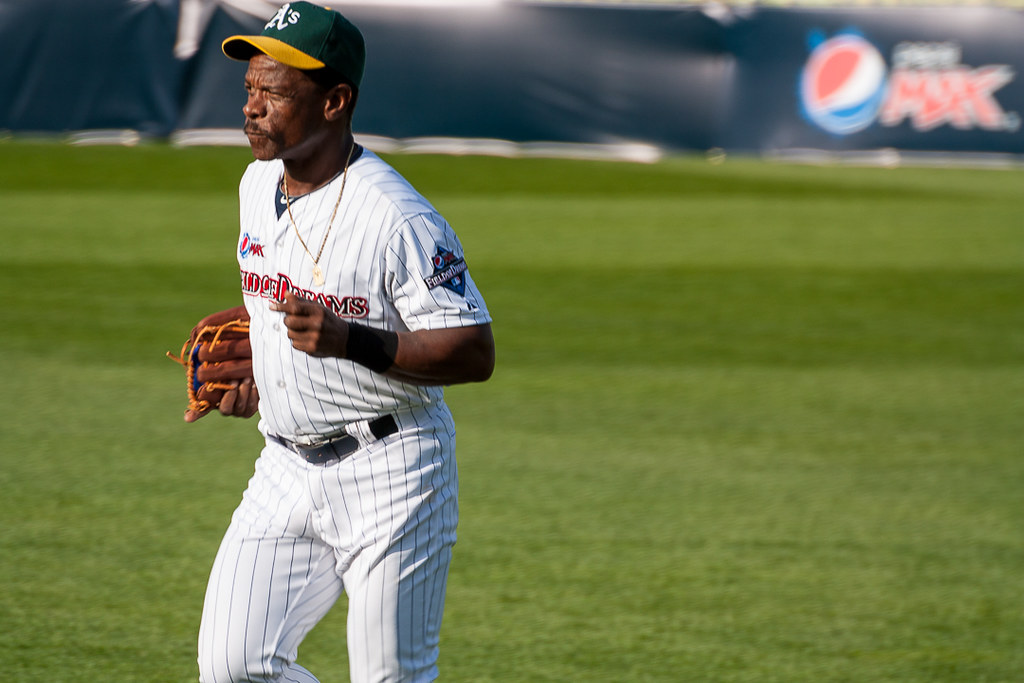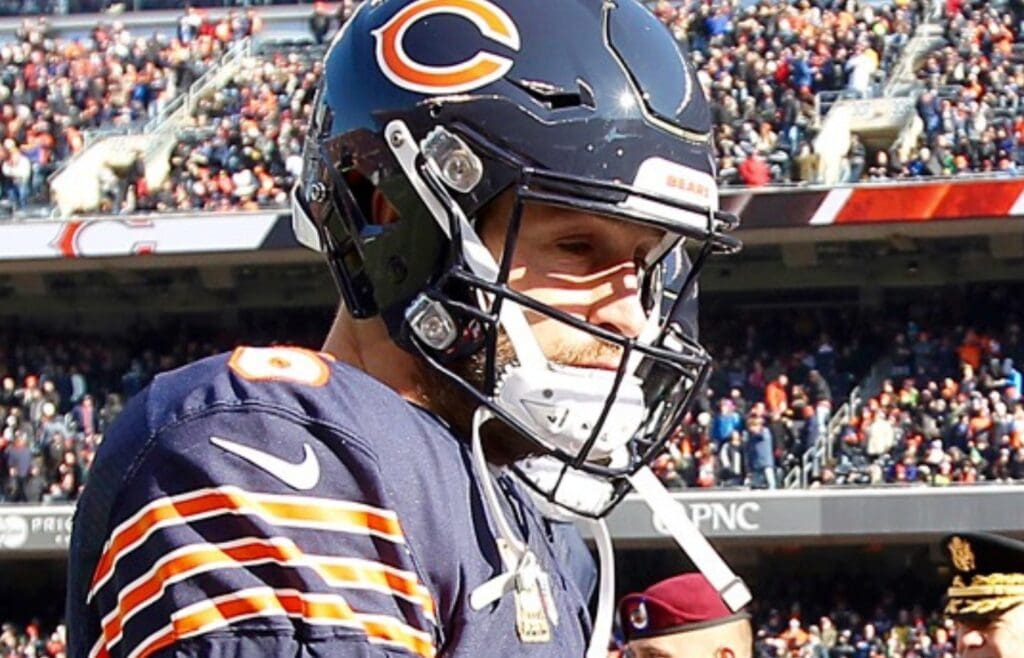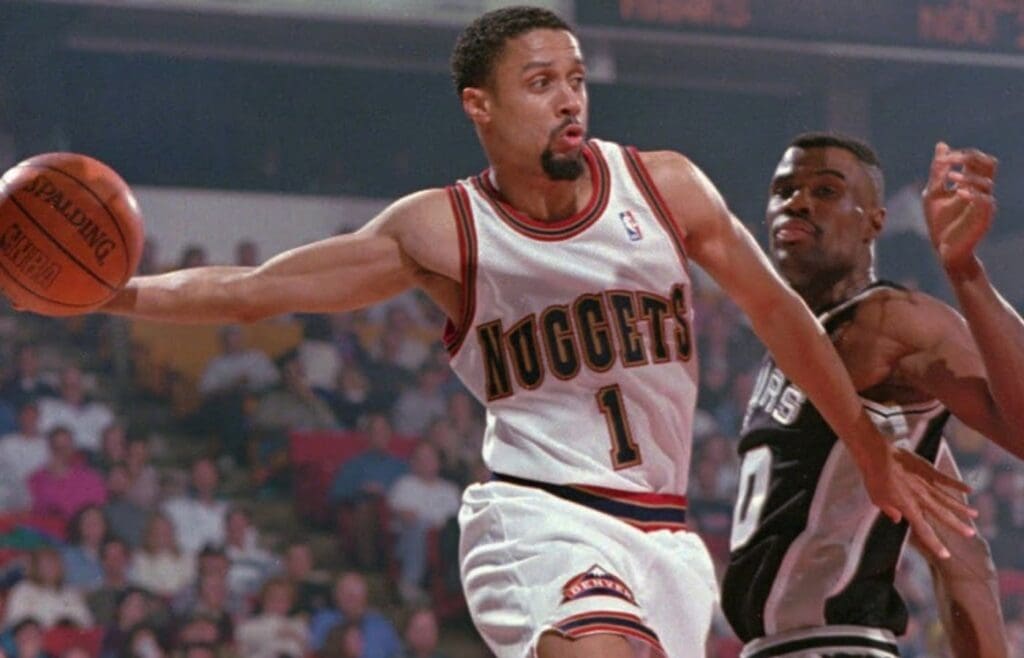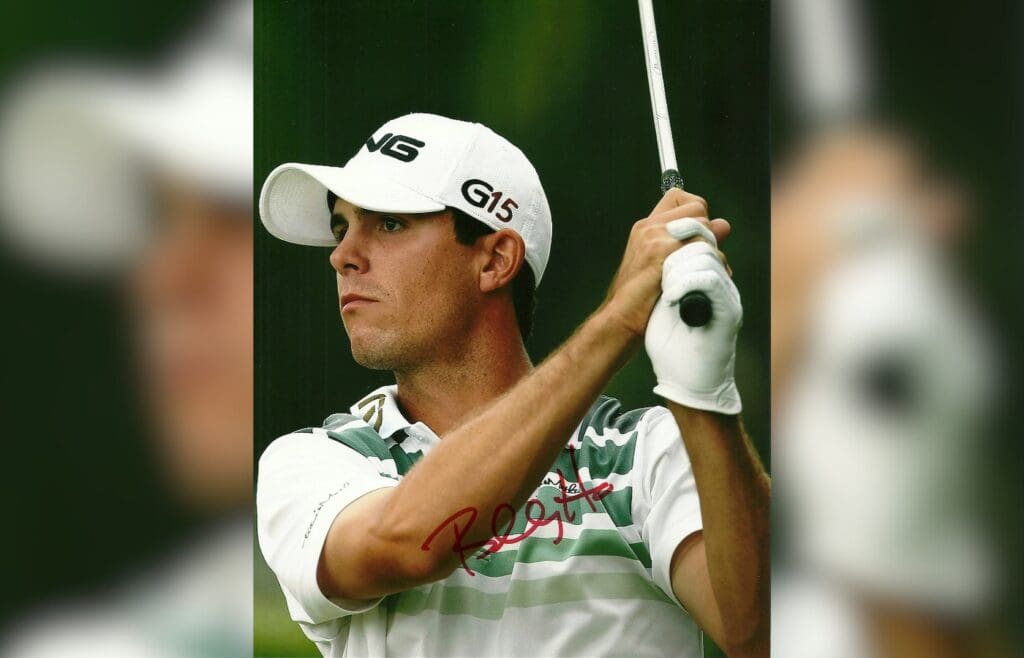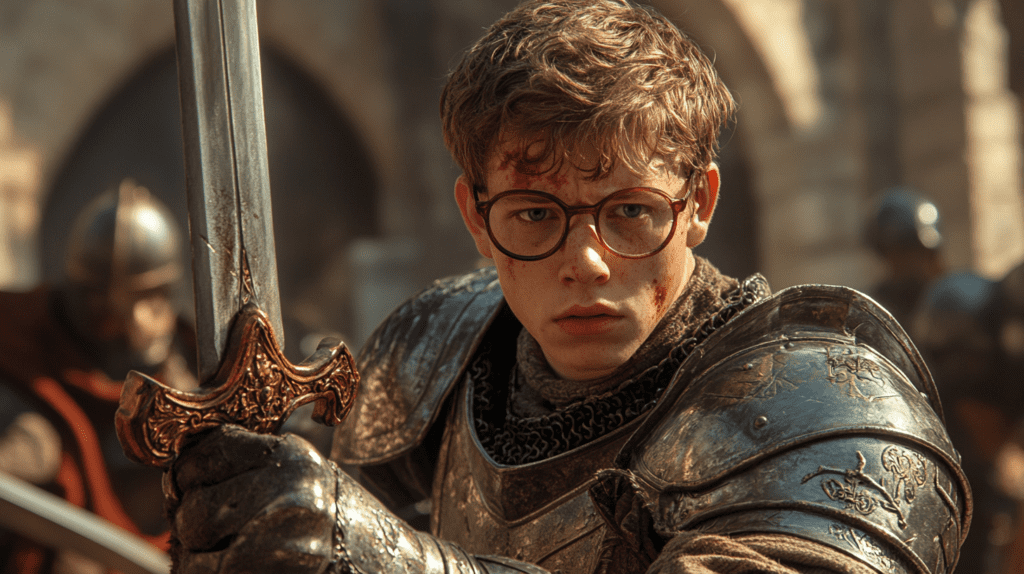Fastballs over 100 mph. Unhittable breaking balls. Complete games by the dozen. The ‘70s weren’t just about disco and bell-bottoms—on the diamond, it was an era defined by dominant, larger-than-life pitchers who thrived under pressure and heavy workloads. But what if you took the best arms from that gritty decade and dropped them into today’s MLB?
Forget the “modernization” of the game for a second. If you gave Tom Seaver, Nolan Ryan, and Jim Palmer modern nutrition, training, and pitch analytics, they wouldn’t just survive. They’d own the league.
This trio represents more than just baseball legends. They each brought a distinct edge that mirrors today’s top-tier pitching strategies: power, control, and finesse. And they did it all without pitch counts, load management, or slow-motion pitch breakdowns on iPads.
Tom Seaver Was the Prototype for Today’s Technicians
Tom Seaver wasn’t the flashiest, but he was a master. Known for his smooth mechanics, icy focus, and pinpoint command, Seaver would be an analytics department’s dream today. He knew how to sequence hitters before sequencing was a buzzword.
In an age where pitchers rely on tunneling and spin rates, Seaver would have been even more effective. With better video analysis and state-backed scouting reports, his ability to adjust pitch to pitch would only sharpen.
What makes Seaver’s style evergreen?
- His clean delivery would reduce injury risk.
- His game IQ would shine even brighter with today’s advanced scouting.
- He’d anchor any rotation as a reliable, game-one starter, just like he did in his day.
Seaver wasn’t just playing the game but studying it from the mound.
Read More: 10 MLB Pitchers From the ’70s Who Could Play Today
Power Like Nolan Ryan Never Goes Out of Style
Nolan Ryan wasn’t just fast—he was untouchable. Seven no-hitters, over 5,700 strikeouts, and a heater clocked in faster than many of today’s so-called flamethrowers. Ryan’s velocity was a known terror even in an era without radar guns at every stadium.
What makes Ryan’s game so timeless is that velocity is still king. Today’s league celebrates triple-digit heat, and Ryan could bring it effortlessly, deep into games. With modern coaching and conditioning?
- His walk rate could drop.
- His strikeout numbers could go even higher.
- He could extend his career into his mid-40s with better arm care.
He wasn’t just throwing hard, but redefining fear on the mound. Imagine him with access to pitch labs and high-speed cameras.
Read More: Nolan Ryan and Two ’80s MLB Pitchers Are Still Unstoppable Today
Jim Palmer Didn’t Need to Throw 100 to Win
If Seaver was the scalpel and Nolan Ryan was the fire, Jim Palmer was the professor. He never relied on blistering speed, yet he consistently beat the league’s best hitters. In the current MLB, where soft contact and pitch efficiency are prized more than ever, Palmer’s approach would fit like a glove.
Palmer famously never gave up a grand slam. That’s not luck—it’s command, poise, and pitch intelligence. His calm presence and ability to outthink batters would be a tremendous asset today, especially with shifts, pitch clocks, and batter data at his disposal.
While the modern game has shifted toward bullpen usage and short outings, a pitcher like Palmer could defy that trend:
- His low pitch counts per inning would extend starts.
- His pace would complement the pitch clock era.
- His ability to change speeds would neutralize launch-angle hitters.
Read More: 10 MLB Pitchers From the ’80s Who Could Play Today
Final Pitch
In today’s MLB, where power reigns, and data rules the game, it’s easy to assume pitchers from the past couldn’t keep up. But Tom Seaver, Nolan Ryan, and Jim Palmer weren’t just great in their era—they were built for any era. Their durability, baseball IQ, and raw talent would not only hold up—they’d thrive.
So, while the game may look different, greatness never goes out of style. And if you handed any of these ‘70s MLB pitchers the ball today, one thing’s for sure: the batter would still be walking back to the dugout.

